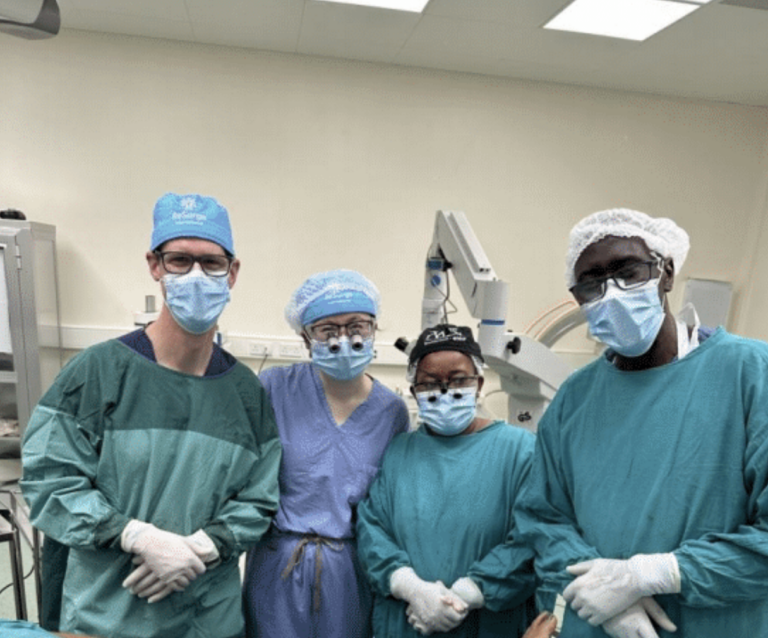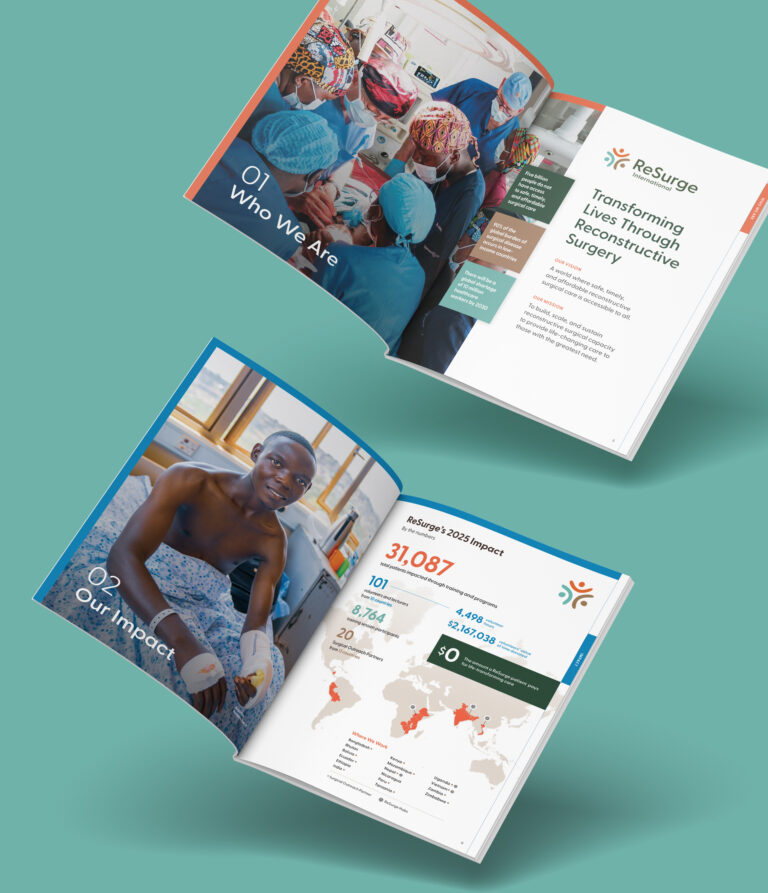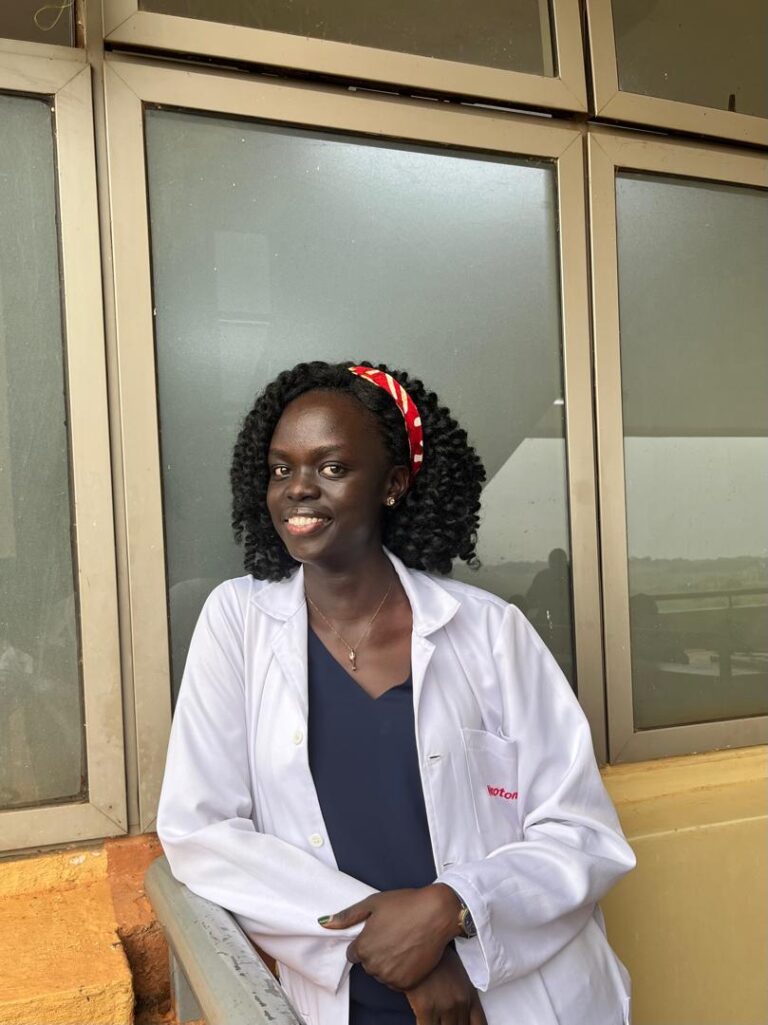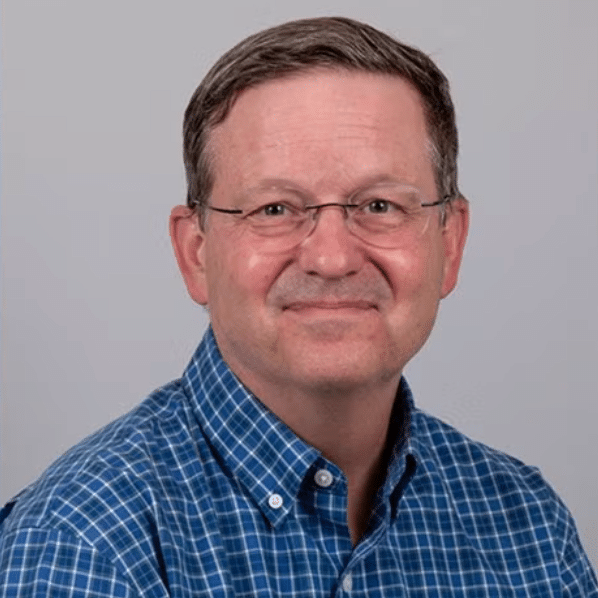In a split second, the trajectory of a life can be forever altered. For Neema, a young woman in Tanzania, an automobile accident marked not only the start of a decade-long journey of healing but also a historic medical milestone. This ReSurge case became the first-ever microsurgical reconstruction at the local hospital and only the second instance of microsurgical tissue transfer in Tanzania.
Road accidents are one of the most common sources of physical trauma in non-conflict regions. [1]. The UN High-Level Meeting on Global Road Safety estimates that annually, road injuries are responsible for approximately 1.35 million deaths and inflict physical injuries and disabilities on 50 million individuals worldwide. Victims frequently suffer from complex fractures, significant soft tissue damage, and vascular compromise, increasing the risk of amputation.
Just imagine getting into a car crash or motorcycle accident, losing your ability to carry out once ordinary activities – like walking to the market or carrying out your job – while suffering from complications, such as chronic pain, psychological trauma, and wound-healing challenges.
Reconstructive surgery plays a pivotal role in helping people navigate and recover from the consequences of a traumatic road injury.
When an Open Wound Opens Hearts
In Muhimbili, Tanzania –– Neema experienced a car accident over a decade ago, resulting in a life-threatening injury to her shin. Although Neema was fortunate to retain her limb, the skin covering her shin did not heal despite the best efforts of local surgeons. As a result, she suffered from a chronically open wound with exposed and infected bone. Continuing to leave the wound open could result in a worsening bone infection, which could further lead to a life-threatening infection or eventual amputation.
So, Neema sought help from Comprehensive Community Based Rehabilitation Tanzania (CCBRT), a specialty hospital that ReSurge partners with. Medical Volunteer Dr. Jeffrey Friedrich, a hand and reconstructive microsurgeon who is the Program Director of the University of Washington’s Division of Plastic Surgery, traveled to CCBRT as a part of a ReSurge Surgical Team Training Trip to collaborate with local surgeons, Dr. Mghase and Dr. Luijisyo. Together, they performed the first microsurgical reconstruction at CCBRT and the second-ever microsurgical tissue transfer in Tanzania to remove the patient’s infected bone and provide soft tissue coverage for her long-standing wound.
Emerging Pathways to Repair and Recovery
Microsurgery is a surgical procedure performed under a microscope that enables surgeons to transfer nerve, blood vessels, skin, bone, and tissue to repair damage from trauma, burns, and disease.
In Neema’s case, microsurgery played a significant role in facilitating surgical procedures that are key to saving a limb –– otherwise known as Limb salvage procedures. In a case like this one, the overlying skin and soft tissue may have sustained too much damage to be closed without transplanting healthy tissue –– therefore necessitating microsurgery.
ReSurge surgeons began by carefully removing all infected tissue, including bone. In cases like this, the overlying skin and soft tissue may have sustained too much damage to be closed without transplanting healthy tissue, necessitating microsurgery. A length of muscle, known as the vastus lateralis, was harvested from the patient’s thigh and transplanted to cover the defect by connecting the muscle’s blood supply to that in the lower leg.
Neema recovered in the hospital, closely monitored by the plastic and reconstructive surgery team. They covered the healthy transplanted muscle with a skin graft. Through close follow-up and physical therapy, Neema was able to go back to her daily life. Within six months of surgery, Neema had a functional and wound-free limb – the first time in over a decade she was able to be free of infection and wound care.
A New Roadmap
Limb salvage surgery, and in this case microsurgery, are not merely a surgical intervention that should be available only to those in high-income countries; they symbolize a gateway to empowerment, enabling individuals to retain their physical capabilities, livelihoods, and psychological well-being.
Microsurgery is a crucial component of surgical care –– with success rates as high as 97%-99% in high-income countries. However, it remains largely nonexistent in Sub-Saharan Africa. Finding a feasible way for surgeons to perform microsurgery, focused on local needs and resources is a critical part of bridging the global disparity in surgical care.
Through training local surgeons in microsurgery, ReSurge plans to expand access to this powerful reconstructive technique in low-income countries, enabling more patients like Neema to get back on their feet and lead full and active lives. Learn more about our work in Microsurgery here.
* Neema’s name has been changed to protect her privacy.
References:
- Staats, T. B.. The rehabilitation of the amputee in the developing world: A review of the literature. Prosthetics and Orthotics International 20(1):p 45-50, April 1996. | DOI: 10.3109/03093649609164415
- Yuan B, Hu D, Gu S, Xiao S, Song F. The global burden of traumatic amputation in 204 countries and territories. Front Public Health. 2023 Oct 20;11:1258853. doi: 10.3389/fpubh.2023.1258853. PMID: 37927851; PMCID: PMC10622756.





